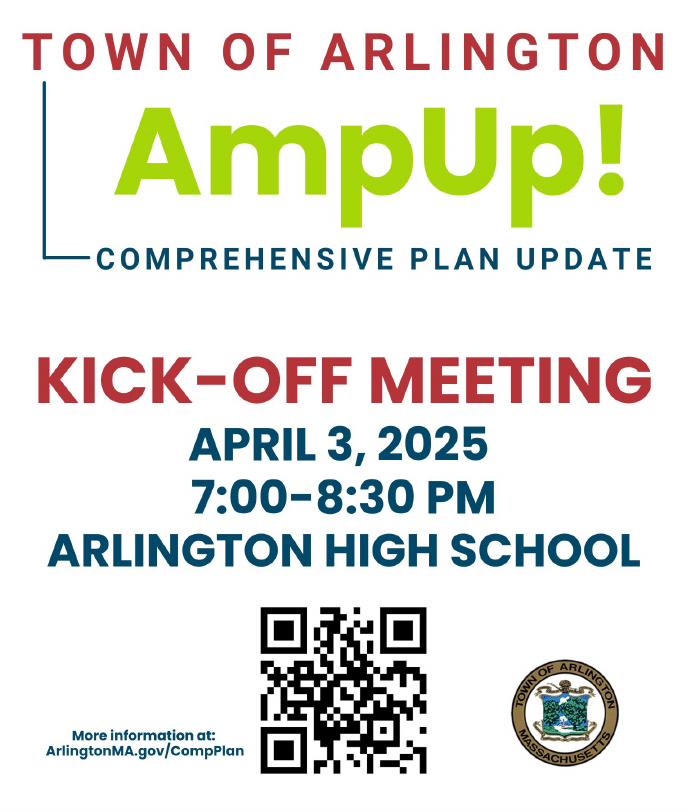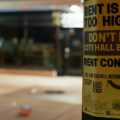by Andy Greenspon

The kick-off event for updating Arlington’s Comprehensive Plan (formerly called the Master Plan) is just around the corner on April 3rd from 7-8:30 PM in the Arlington High School Cafeteria!
It’s the time of year when folks in Arlington are taking out nomination papers, gathering signatures, and strategizing on how to campaign for the town election on Saturday April 1st. The town election is where we choose members of Arlington’s governing institutions, including the Select Board (Arlington’s executive branch), the School Committee, and — most relevantly for this post — Town Meeting.
by Laura Wiener
by Steve Revilak
If subsidization proposals return to Boston and Massachusetts again next year, they will not be a silver bullet for affordability, but could be one ingredient in a successful strategy alongside more housing construction.
Could Arlington be better using its curb space? Here are some ways the curb can be used to create green infrastructure, promote public safety and accessibility, support sustainable transportation, strengthen business districts, and enable new ‘car-light’ development.
On Tuesday August 6, 2024, Governor Healey signed the Affordable Homes Act (H.4977) into law. At 181 pages, the Affordable Homes Act is a lengthy bill, but the things it does generally fall into three categories: funding, changes to state law, and changes to state agencies.
On the evening of Wednesday, June 12th, Equitable Arlington co-hosted with the Town’s Department of Planning and Community Development and Envision Arlington, a ninety-minute webinar entitled “What’s an ADU and How Do I Build One?”
Arlington has recently launched Arlington Civic Academy to provide interested residents with a pathway to becoming more civically literate and involved.



